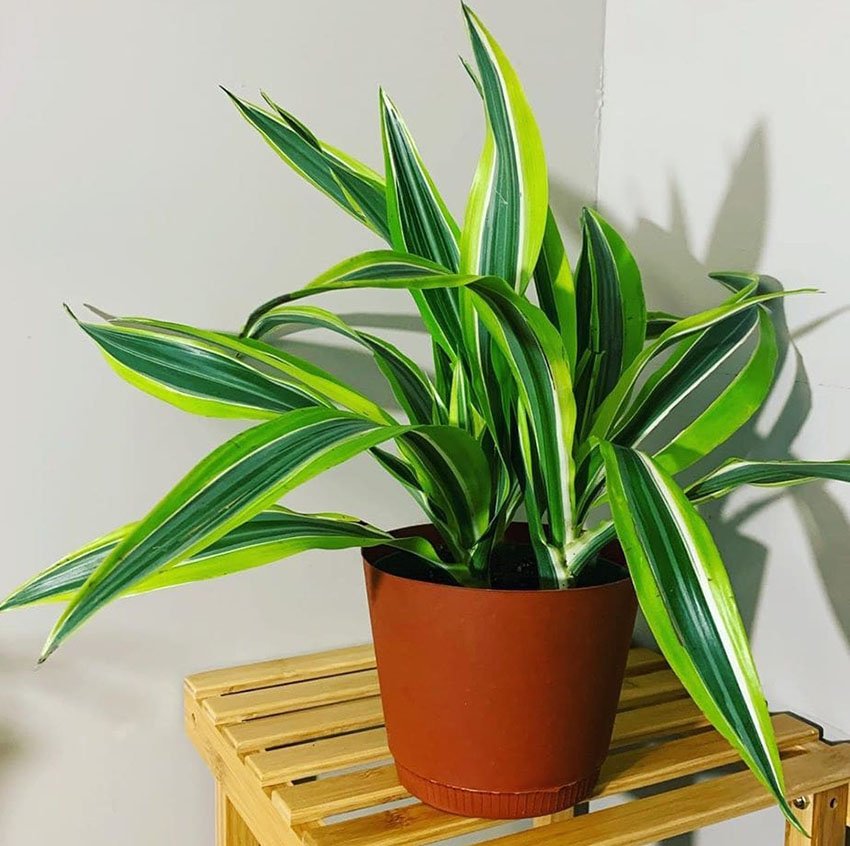The dracaena plant is a most famous plant for your house or garden. This plant may be a genus of almost 120 species of plants and juicy bushes. “Dracaena” name is come from the Greek.
Numerous species of Dracaena are kept as houseplants due to resistance to lower light and inadequate watering. The species are local to Africa, southern Asia, and northern Australia, with two species in tropical Central America.
Dracaena trees frequently develop over 10 feet tall. These plants are commonly found in hot climates, dry area in Africa or South America. Dragon plant are extreme, drought-tolerant plants with forceful root frameworks that make fabulous houseplants.
What is a Dracaena tree?
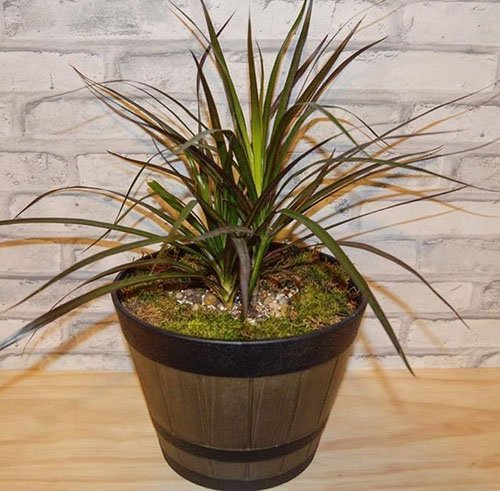
Dragon tree is an appealing, stiff-leaved plant with green sword-like, red-edged leaves.
This plant may be a expansive group of well known houseplants that endures a wide variety of developing conditions.
Other names of Dracaena plant
Common Names : Dragon plant, dragon tree, Madagascar dragon tree
Botanical Name : Dracaena marinate
Origin (History) of this plant
The species are local to Africa, southern Asia through to northern Australia, with two species in tropical Central America.
There are types which certainly see like a tree with a trunk, but there are moreover strong bush shapes. They can reach a ready ancient age and a few species create a really bizarre shape within the wild that look emphatically antiquated.
The plant has been around within the West since 1752 and has been well known as a houseplant since 1880.
Leaves and flower of dracaena
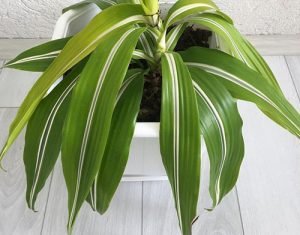 leaves
leaves
The leaves of the dracaena are radiant, long, lean and green as palm foliage with a few sorts just like the striking Madagascar winged serpent tree edged in shinning pink.
These Common houseplants are moreover spiky and can scratch you in the event that you aren’t cautious.
Mostly, this plant known for it leaves.
Flower
The flower of dracaena are in white. This highly fragrant flower are an almost sickly sweet scent.
What we need before growing this ?
First, choose a Place that has bright and indirect light. Take semi-shade spot is an ideal location to protect the Dracaena plant. Water This plant when the top of the soil is completely dry.
Steps of planting Dracaena plant?

Where to plant dracaena?
Dracaena is easily grown in a house and garden. This plant grows in a pot or container. It grows well on soil with the ideal location.
Choose the right soil
Take soil with 6 to 7 P.H.
Dracaena plant-like free, well-drained preparing mix—loamy soil corrected with peat greenery is perfect. Make beyond any doubt the holder has room for the broad root framework. A few assortments are imported from Hawaii and will arrive with magma rock.
What is a blooming time of dracaena?
Spring time is a blooming time of dracaena.
How much water does dracaena plant need?
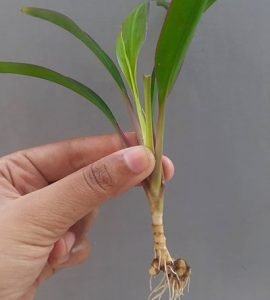
Water when soil become dry. As a rule, watering roughly once a week is satisfactory. As well, little water is way better than as well much, but do not permit the soil to end up bone dry.
Dracaena benefits from a light moistening two or three times per week when the discussion is dry, particularly amid the winter. Signal by leaves for watering is if the plant has yellow leaves that means it needs more water.
How much sun does dracaena need
Plants in lower light circumstances will develop slower and will deliver little leaves with less seriously color. Dracaena can survive in medium light, but the leaves will see their best in the shining, backhanded sun.
Supports for dracaena plant
The stems of dracaena are strong and sturdy, so it has full support. So it needs no external support.
How long does Dracaena take to grow?
This plant is a slow grower plant that can take around 10 years to reach over 5ft tall but sees rich once they reach almost a foot tall. They have a comparable see like palm tree plants.
How to grow dracaena?
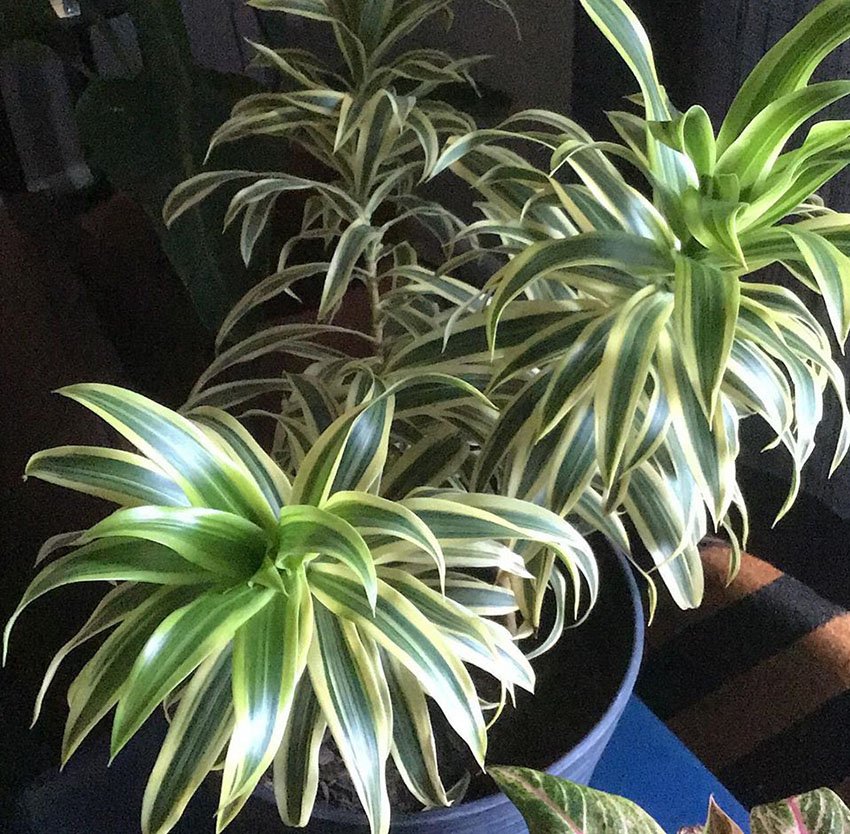
This plant is exceptionally well known as an expansive pruned plant for homes and workplaces. It ought to be planted in a loamy, well-draining soil revised with peat greenery and frequently watered amid the developing season.
The best presentation will be an area with parts of roundabout light. You will, as of now, be developing This plant as the portion of your houseplant collection; in truth, you’ll have a few of the easy-care houseplant dracaena.
According to NASA, this fabulous plant for removing hurtful chemicals from the air. Watering ought to be somewhat confined amid the winter.
How to care this plant?
Water regularly, but not too frequently
Water This plant when the top of soil becomes completely—taking water after 2-3 weeks.
Hanging or yellowing leaves might show over-watering, but don’t stress if you take note of the foot leaves starting to turn yellow and drop. It is typical for dracaena to shed leaves in arrange to develop unused ones.
These plants are touchy to fluoride, which can be found in tap water, so it’s basic to utilize filtered water when caring for this plant. During the hot season, spray the leaves daily with water.
Add fertilizer
Fertilize This plant month to month amid the spring and summer with standard fluid plant nourishment. This plant are allegedly touchy to overabundance salts and fluoride, particularly the soil-free fortunate bamboo adaptation.
On the off chance that yellowing and browning of tips creates, you’ll be able attempt flushing the soil well, at that point watering with water or refined water.
Training need for dracaena
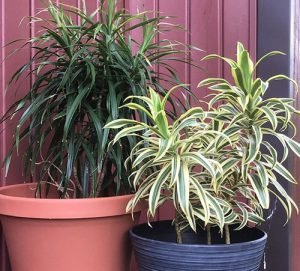 laying the pruned plant on its side within the shinning sun. Over the course of a few days, its branches ought to begin to develop up toward the daylight at a 90-degree point from their past development.
laying the pruned plant on its side within the shinning sun. Over the course of a few days, its branches ought to begin to develop up toward the daylight at a 90-degree point from their past development.
The branches resting against the floor might stay flat, rather than bending within the same way as the other branches when put in this position. Move it into an upright position or pivot the holder once the branches have bowed into the required position.
Amount of sunlight
This plant need very low sunlight. So It is grow best in indirect sunlight.
Dracaena lean towards temperatures extending from 65 – 76 F amid the day. Night temperatures can drop around ten degrees cooler, but cold drafts and temperatures underneath 53 F will hurt the plant.
Propagation
In propagation, Make a cut underneath the leaf line of the plant, making beyond any doubt to incorporate a few hubs of the plant’s stem. Cuttings can be planted in a holder with wet soil, or they can be put in a vase of clean water. Cuttings proliferated in water require small time some time recently roots start to create.
How to prune dracaena?
 This plant keeps this under control by pruning. The ideal time is from spring to summer, in no time sometime recently and amid the development period.
This plant keeps this under control by pruning. The ideal time is from spring to summer, in no time sometime recently and amid the development period.
If you notice any yellow or unhealthy leaves, you can remove them with your fingers or knife or clean scissors.
Evacuate a stem on the off chance that it’s developing out of upper shape development.
Winter Care for dracaena
In winter, Bring the holder inside and put it in a warm area that gets backhanded daylight. All through the winter, the plant will require as it were incidental watering when the soil gets to be dry. Replant into the cultivate following season when all chance of ice has passed.
Humidity need for this
This plant needs a little much humidity. Household humidity should be fine for dracaena.
Poisonous quality of Dracaena
Beautiful because it is, the plant is additionally poisonous. Whereas it’s not destructive to people, the leaves are amazingly poisonous to cats and dogs. Cats, in specific, appear affectionate of chewing on the leaves, which contain harmful alkyds.
If the dog is eating leaves of This plant, it results in vomiting, sometimes with blood and sometimes without blood, depression, diarrhoea, weakness, drooling, loss of appetite.
Types of dracaena plant
Dracaena fragrans

This plant could be a blossoming plant species that are local all through tropical Africa, from Sudan south to Mozambique and southwest to Angola, developing in upland locales at 600–2,200 m elevation.
Dracaena reflex(song of India)
Dracaena reflex(Song of India) may be a tree local to Madagascar, Mauritius and other adjacent islands of the Indian Sea. It is broadly developed as a decorative plant and houseplant, esteemed for its luxuriously coloured, evergreen clears out, and thick, unpredictable stems.
Dracaena trifasciata
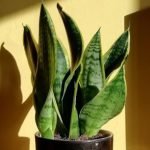
This plant may be blooming plant within the family “Asparagaceae”. local to tropical West Africa from Nigeria east to the Congo. It is most commonly this is known wind plant.
Dracaena braunii
This plant may be a type of blooming plant within the family “Asparagaceae”. It was named after the German collector Braun, Johannes M. Most plants named Dracaena braunii in development are Dracaena.
Dracaena sanderiana
 This plant could be a blooming plant within the family “Asparagaceae”. local to Central Africa. It was named after the German–English nursery worker Henry Frederick Conrad Sander. The plant is commonly promoted as “fortunate bamboo”.
This plant could be a blooming plant within the family “Asparagaceae”. local to Central Africa. It was named after the German–English nursery worker Henry Frederick Conrad Sander. The plant is commonly promoted as “fortunate bamboo”.
Socotra dragon tree(Dracaena cinnabar)
Dracaena cinnabar(the Socotra dragon tree) or dragon blood tree could be a dragon tree local to the Socotra archipelago, a portion of Yemen found within the Middle Eastern Ocean. It is so-called due to the ruddy sap that the trees create.
Dracaena marinate
 This plant, commonly known as a winged serpent tree, is an appealing, stiff-leaved plant with green sword-like, red-edged leaves. The plant has contracted and slim grey stems that are topped with glossy, angling leaves.
This plant, commonly known as a winged serpent tree, is an appealing, stiff-leaved plant with green sword-like, red-edged leaves. The plant has contracted and slim grey stems that are topped with glossy, angling leaves.
Plumule foresee
Plumule foresee could be a species of blooming plant that’s endemic to the island of Hawaii. It possesses dry, coastal mesic and blended mesic timberlands at rises of 235–735meters. It is debilitated by living space misfortune. The Scientific name of this plant is “Plumule foresee”.
The Dracaena Lemon Lime
 This plant stands out among its sort for its namesake neon yellow and green striped leaves. Put your Dracaena where it’ll get medium to shinning indirect light. A much coordinate sun will burn and pale the leaves, whereas exceptionally dim light can cause leggy development and browning.
This plant stands out among its sort for its namesake neon yellow and green striped leaves. Put your Dracaena where it’ll get medium to shinning indirect light. A much coordinate sun will burn and pale the leaves, whereas exceptionally dim light can cause leggy development and browning.
Dracaena Rikki
This may be a moderately modern sort of dracaena recognized by angling, profound green leaves, each checked with a yellow stripe running longwise down the center of the leaves. This plant may be a fast-growing plant that comes to statures of 8 to 12 feet at development.
Dracaena Limelight
Florida’s warm, muggy discussion makes a difference the plant to flourish, and when to develop, ‘Limelight’ Dracaena can develop to 5 feet tall by up to 4 feet wide. This plant development can be utilized outside as a shade plant for south Florida gardens.
Interesting Facts
- Dracaena is a popular flowering plant for house or office, or garden.
- Dracaena name comes from the “Greek” country.
- It is important to keep the soil moist without overwatering for dracaena.
- This plant has amazing leaves and white flower.
- When left to flourish in its local environment, this plant species can live for hundreds of years.
- Dracaena trees moreover develop on limestone levels on the Socotra Island.
- Dracaena is the as it planted within the Dracaena class that’s able to prosper in thick woodlands.
Protect against pests and disease

Fungal Diseases
Fungal illnesses, counting leaf spots and root spoils, can influence corn plants. Leaf spots show up as sporadic or roundish spots on leaves, whereas shrinks or spoils ordinarily cause foliage to turn yellow and fade as the plant decays and inevitably kicks the bucket.
Roots on infected plants are soft and brown. Protect these issues with malady by reviewing plants. Sometimes, you purchase them and maintain a strategic distance from overhead watering.
Infection by spider bug
Spider bug nourishing, to begin with, shows up as a light stippling on plant leaves, taken after by a yellowing or bronzing of a bigger leaf zone. In case the pervasion is overwhelming, you will see the mites’ fine webbing.
Creepy crawly vermin favour hot, dry and dusty conditions and drought-stressed plants are especially helpless to bugs. Water will diminish trim levels.
Other pests(bugs)
The pests(bugs) are little, delicate-looking insects that penetrate plant tissue and nourish cell substance. Thrips feeding causes misshaped plant tissue, white or brilliant stippling, and hindered development and leaf drop in extreme cases.
Numerous useful creepy crawlies offer assistance to control thrips on corn plants outside. You’ll be able moreover to thump these powerless fliers off with an intense shower of water.
Protect from insects
To protect Dracaena from insect, take 5 tablespoons of soap with 4 cups of water and spray plants. Spray with Neem oil. Spray with alcohol. And clean with the Herbal water.
Question related to this plant
1. Is dracaena an annual or perennial?
Annual
2. Does Dracaena need sunlight?
This plant needs low or medium-light, and the leaves will look best in bright, partial sun.
3. How long does it take to grow dracaena?
About 10 years
4. When is the best time to plant dracaena?
Spring time
5. Do dracaena spread?
yes, but not much
Reference:
Also read :
Hibiscus – The Large And Colourful Flower
Have some questions Or suggestions? Use our comments section on this blog! You can feel free to leave a comment or two down below, and we’ll get back to you as soon as possible!
We love reading your messages……

